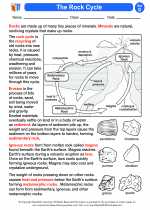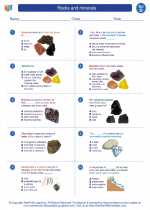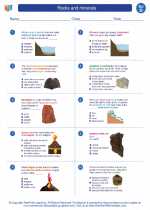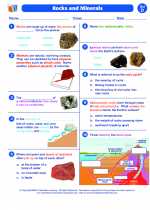Understanding Mechanical Energy
Mechanical energy is the energy possessed by an object due to its motion or position. It is the sum of kinetic energy and potential energy. Kinetic energy is the energy of motion, while potential energy is the energy an object has because of its position or condition.
Kinetic Energy
Kinetic energy is the energy an object possesses due to its motion. The kinetic energy of an object depends on its mass and its velocity. The formula for kinetic energy is:
KE = 0.5 * mass * velocity2
Potential Energy
Potential energy is the energy stored in an object due to its position or condition. There are different types of potential energy, including gravitational potential energy and elastic potential energy. Gravitational potential energy depends on the height of an object above a reference point and its mass, while elastic potential energy depends on the stretch or compression of an object.
Conservation of Mechanical Energy
According to the law of conservation of energy, mechanical energy is conserved in the absence of non-conservative forces, such as friction or air resistance. This means that the total mechanical energy of a system remains constant as long as only conservative forces are acting on it.
Study Guide for Mechanical Energy
- Define mechanical energy and explain its two main components.
- Describe the factors that affect an object's kinetic energy.
- Discuss the types of potential energy and provide examples of each.
- Explain the concept of conservation of mechanical energy and give examples of its application.
- Compare and contrast conservative and non-conservative forces in relation to mechanical energy.
Understanding mechanical energy is essential for comprehending the behavior of moving objects and the principles of energy conservation. By mastering the concepts of kinetic and potential energy, as well as the conservation of mechanical energy, you can gain a deeper understanding of the physical world around you.
.◂Science Worksheets and Study Guides Fourth Grade. Rocks and minerals

 Activity Lesson
Activity Lesson
 Worksheet/Answer key
Worksheet/Answer key
 Worksheet/Answer key
Worksheet/Answer key
 Worksheet/Answer key
Worksheet/Answer key
 Worksheet/Answer key
Worksheet/Answer key
 Vocabulary/Answer key
Vocabulary/Answer key
 Vocabulary/Answer key
Vocabulary/Answer key
 Vocabulary/Answer key
Vocabulary/Answer key
 Vocabulary/Answer key
Vocabulary/Answer key
